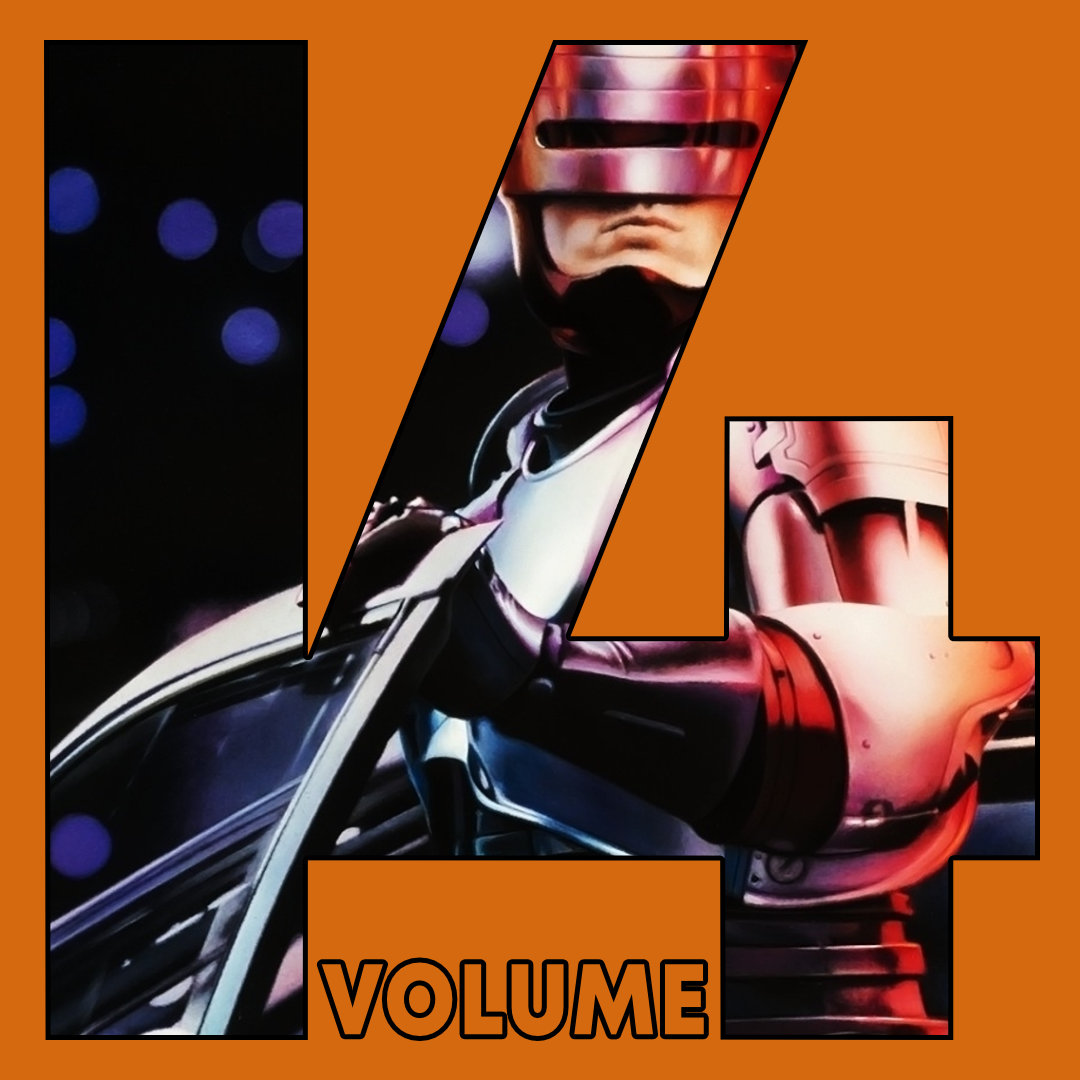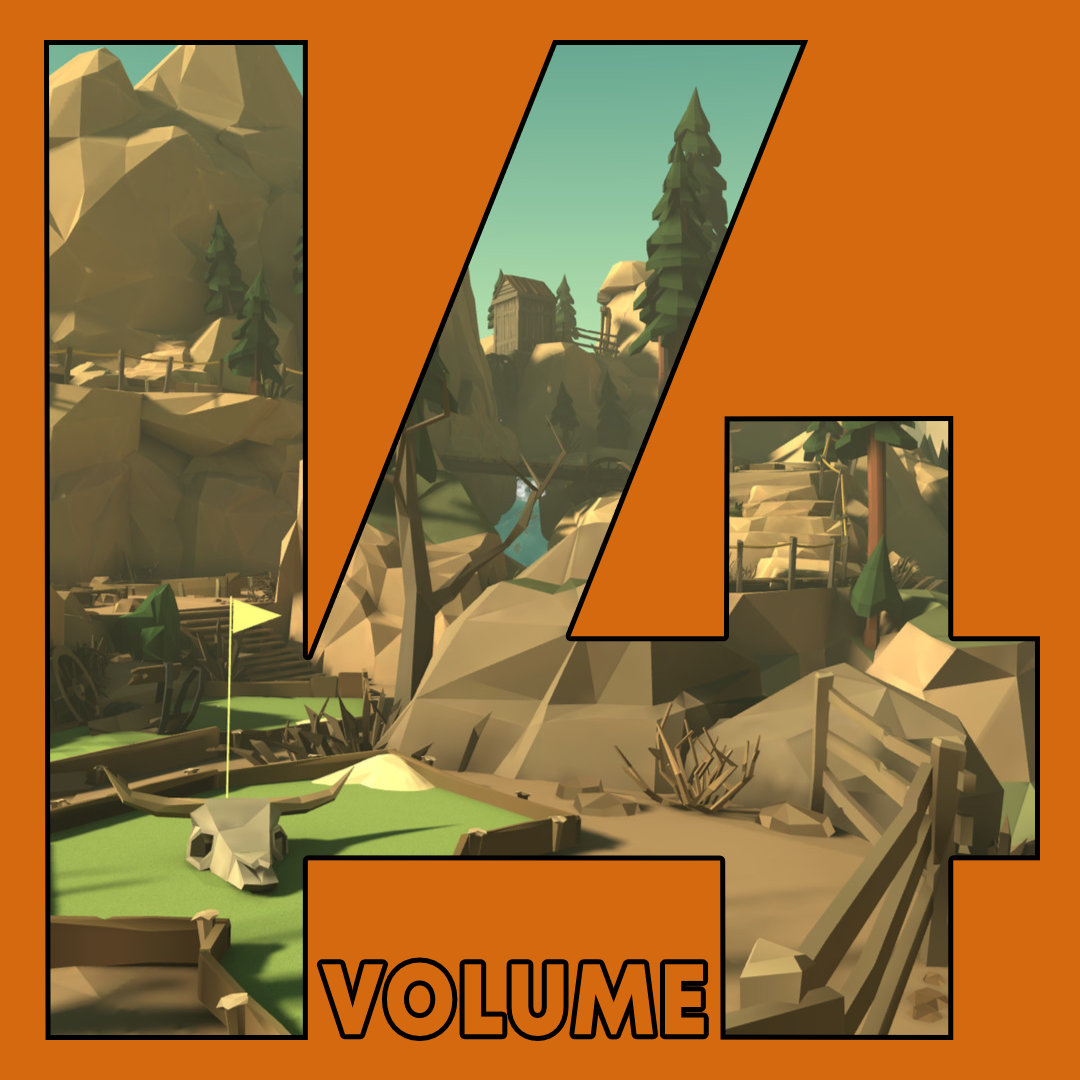Units shipped, sales figures, review scores, profits, subscribers, Metacritic ratings, attach rates, awards won, active users, hours of gameplay, number of levels, top 100 lists, map size, polygons rendered and emotions thusly felt – we are bombarded with numbers that tell us the value of videogames in a multitude of ways. It’s a struggle to piece together what these figures should mean for the games we play.
To some, a Metacritic score of 84 or first month sales of 3.4 million copies would indicate resounding successes, but to others these are sub-par. Two inflammatory choices, perhaps, but they are demonstrative of differences in perception. Figures like these help us assess how particular games are received in a wider context than our personal experiences. But does the knowing of such information inherently change our perception?
I’d like to say that Fallout 3’s sales figures (4.7 millon copies in two months) had no effect on my appreciation of it as a piece of entertainment, and that I liked it more than Fallout: New Vegas (5 million sales at launch) purely on its own merits, but I can’t be sure that I’m immune to the subconscious effects of these figures. After all, I’m very conscious that the first 20 or so review scores listed on Metacritic for BioShock being “perfect” brought a much younger, slimmer version of myself in from the gaming wilds back in 2007. I did take notice of the numbers, and they absolutely affected me… by how much I daren’t dwell on too long.

What I can say is that I do not know what the Metacritic rating is for Dark Souls. I’ve never read a review of it and have no idea how many copies it has sold; I simply do not care and will not shut up about the game irregardless. It turns out, therefore, that isolation from advertising and press releases may be an effective prophylactic to my fears, but it is surely not a viable one.
A press release detailing how many hours of [overused superlative, overused superlative, vague gaming sub-genre and hyperbolic happy ending] one could expect from Dark Souls would have possibly plumped for a figure in the region of 80 hours. I venture a guess that this is not representative of the actual time spent by many, many players; so what is its purpose? A guideline, certainly, to set consumer expectation, but is it not also an advertising tool?
“Angry Birds features hours of gameplay, challenging physics-based castle demolition, and lots of replay value. Each of the 63 levels requires logic, skill and brute force to crush the enemy.”
– Rovio’s description in the trailer for Angry Birds
Conversely, Gone Home has been criticised by some for the value offered, with a quick unit-money-per-unit-time calculation being the supporting evidence. Films, books and music are rarely reduced to this style of value determination, perhaps because their form and price are largely rigid, having been hewn into well-defined shapes over many years. Videogames are undeniably varied in wealth, whether the currency in question is pounds sterling, hours, gigabytes, (in-game) square kilometres or guns by the bazillion.
Speaking of in-game square kilometres, the (now traditional) pre-game ‘revelation’ that Grand Theft Auto V’s world is the size of every other GTA, Red Dead Redemption, a small English county and several coffee-stained Ordnance Survey maps all stitched together is… interesting, I suppose. It’s at least as interesting as the fact that my dissertation was twice as long as it should have been due to some crafty use of appendices. “Holy crap” indeed.

I try not to (voluntarily or otherwise) invoke sales figures, awards, hours of gameplay or review scores when considering a game’s merits as a piece of entertainment, because they are not important to me in that context. Certainly, such information has academic merit, and will inform the direction of the videogames industry, but I do worry about the degree to which facts and figures are used as a tool for marketing to consumers, as news, and subsequently as a stick to shake at anyone whose opinion doesn’t follow the great tide of numbers.
“You do know FIFA 13 sold 14.5 million copies?”
“Badminton is the fastest racquet sport, you know?”
“I heard that the average person swallows 7.3 Assassin’s Creeds a year whilst asleep.”
Frankly, the truth or otherwise of such trivial facts (spurious or otherwise) is all but irrelevant to the consumer’s enjoyment. Obviously, sales of FIFA or Grand Theft Auto are not entirely divorced from their quality, but I bet we can all think of examples of high selling entertainment products that are not to our tastes. So, how do we really judge the value of a videogame?
For many of us the value of gaming has recently weighed in at the £400 mark. Microsoft and Sony are currently bellowing out statistics like they’re yodelers trying to start a landslide that’ll knock the other off the gaming landscape. It’d be easy to see these statistics as supporting the considerable outlay consumers have made to be part of the next generation of gaming, but (to me) the truth is more sinister.
Wearing a costly item of clothing emblazoned with a manufacturer’s logo always struck me as odd. Stories of people auctioning sections of their bodies as advertising space, or adorning sheep with company logos seem amusingly apt (though, importantly, the money changes hands in the opposite direction in those cases). Willingly paying to become part of a multinational corporation’s advertising campaign is even more oddly juxtaposed with the trend to pay for the removal of adverts from games and apps. It seems we’ll happily pay to become advertisers, but also not to be advertised at.
Likewise, the arrival of new consoles is always notable for accompanying press releases and resultant news stories that form the narrative of a console war. Naturally, such flagrantly antagonistic content on Facebook, YouTube, Twitter or any videogaming website cultivates an audience, eager (as anyone would be) for reinforcement of £400 well spent. It seems, far too often, that there is a willingness to accept advertising and manipulation so long as there is a vested interest in so doing.
This is not surprising, perhaps, but if I were to suggest that submission to the whim of any large company was nonetheless unwise, it would be incumbent upon me to suggest an alternative course of action.
Before so doing, I should address any concerns that the de facto position I have thus far presented, of helpless consumers being manipulated by giant multinational corporations, may be distasteful. I offer neither persuasive argument nor apology for my opinion; I present only an example of advertising masquerading as news in order to illuminate my position.
Taking a look around the various news sites that serve videogame enthusiasts, I am saddened. Leaving aside the blind regurgitation of stories posted elsewhere, mistakes and all, it concerns me to see certain turns of phrase being passed around the internet like viruses. It seems unlikely that writers of different shapes, sizes, styles and subtleties would pluck from their respective creative ethers the self same words in the self same order as one-another. In this case, the phrases “original balance” and “vanilla” were rife in reports of Ultra Street Fighter IV’s ‘Select Mode’.

I hope it is plain that these common phrases were lifted from a common source; in USFIV’s case, the trailer. There is no problem with this of course, but publisher-written trailers/press releases/mandates are concerned with brand management and controlling the ‘message’. In short, they are advertising, and it concerns me to see them masquerading as news.
For those who are resolutely unshakeable in their opinions and absolutely certain that no amount of external pressure, hype-building or advertising could affect their entirely objective response to each and every videogame they play, I salute you. Though, honestly, I find it hard not to view sceptically anyone who claims such intractable objectivity.
I have already suggested that divorcing oneself from all advertising is simply not viable, as pervasive as it is. Similarly, it is ridiculous to imagine isolating the facts, figures, opinions and hype surrounding a videogame or console entirely from one’s own experiences. However, it is possible to maintain a healthy scepticism of press releases and hype-building (whether in news, opinion pieces, previews or otherwise). I will endeavour to do this not out of cynicism, but out of preservation of a personal relationship with the videogames that I love.













